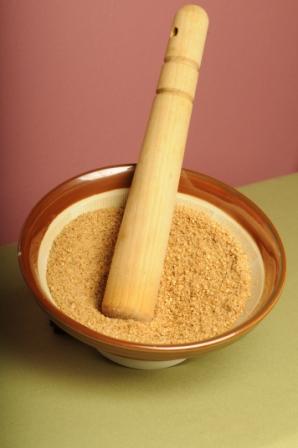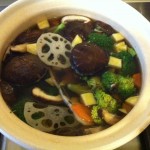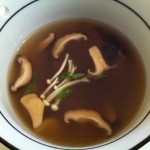 Gomashio, or sesame salt, is one of my favourite remedies. Not only is it useful for reducing salt consumption, particularly for those who suffer from high blood pressure and water retention, it is a remedy that can assist in easing headaches and digestive disturbances. Gomashio is an energetically balanced food that alkalizes the digestive system and calms the mind.
Gomashio, or sesame salt, is one of my favourite remedies. Not only is it useful for reducing salt consumption, particularly for those who suffer from high blood pressure and water retention, it is a remedy that can assist in easing headaches and digestive disturbances. Gomashio is an energetically balanced food that alkalizes the digestive system and calms the mind.
Less salt is used for children, less active adults and in warmer seasons than used below. Sprinkle half a teaspoon of gomashio on grains or casseroles. Place a small amount under the tongue to ease headaches.
[break]
Ingredients:
1 tspn sea salt
20 tspn unhulled sesame seeds
[break]
Recipe:
Heat sea salt in fry pan until very hot, stirring
Place sea salt in a mortar and pestle and grind.
Wash the sesame seeds
Add sesame seeds to fry pan while wet and cook while stirring until seeds become puffy
Place in mortar and pestle on top of sea salt and grind to a coarse consistency.
When cooled, place in a sealed jar.
Gomashio will keep at room temperature. Make in small amounts so it stays fresh.


